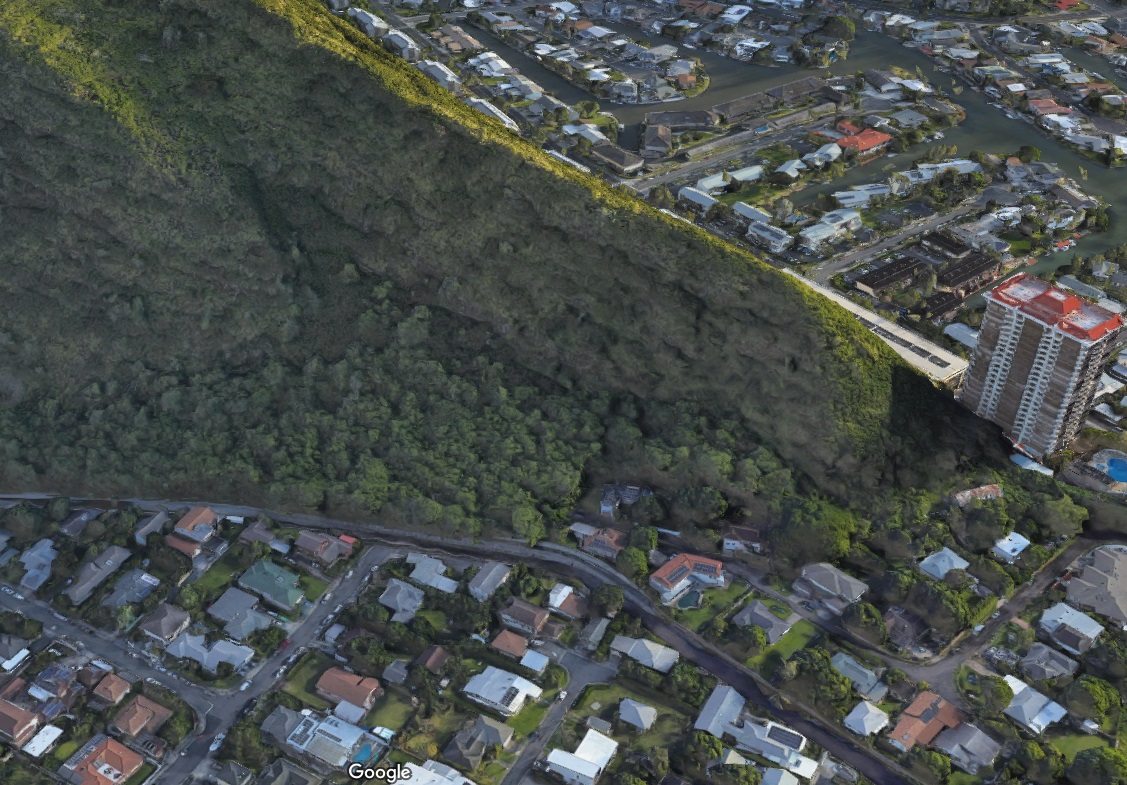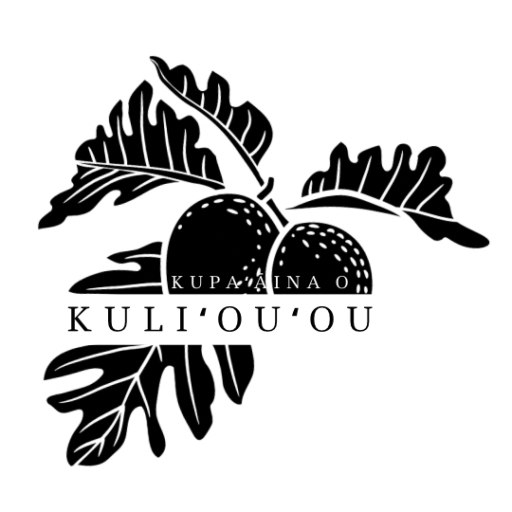History of Kuliʻouʻou
Nestled in between Niu Valley and Hawaii Kai, the history of Kuliʻouʻou goes back almost one millennia. On the front of the east ridge of Kuliʻouʻou, radiocarbon dating of wood charcoal from the Kawēkiu Shelter indicates possibly the first inhabitant of the island of Oʻahu at around 946 years ago, plus or minus 189 years. Inside the cave were bones of seabirds that the early Hawaiian occupants may have consumed as well as adze tools that they used (Emory and Sinoto, Hawaiian Archaeology: O`ahu Excavations, 1961).
Also near the Kawēkiu Shelter is another cave inhabited by early Hawaiian inhabitants, known as the Makaniʻolu Shelter. This shelter has been placed on the Hawaii Register of Historic Places and is documented as a burial site with many artifacts found.

Evidence of early Hawaiians are present all over East Honolulu. In Kuliʻouʻou, Ahukini heiau and Kauiliula heiau were two ancient Hawaiian heiau that have been documented by archaeologists. Both were square heiau about 50ʻ in size and have since been destroyed (McAllister, Archaeology of Oahu, 1933).
Hawaiians also erected what could be the last known moku boundary in existence on Oʻahu. This ancient rock wall is located on the top of Kalapa o Maua, also known as Paikō Ridge, and continues up the ridgeline to the Koʻolau mountains.

In later years, King Kamehameha the Great was known to have placed a kapu on ʻElelupe Pool for the precious resource of drinking water. ʻElelupe Pool is located in Kuliʻouʻou and the kapu continued until King Kamehameha Vʻs reign. This water was only meant for the king and the penalty for breaking this kapu was death (Makea, Claimantʻs Brief Land Court App. 578).
Lastly, as most know, ancient Hawaiian burials have been found throughout the Hawaiian Islands. This stands true for Kuliʻouʻou as DLNRs State Historic Preservation Division (SHPD) records indicate that previous archaeological studies conducted in Kuliʻouʻou have documented human skeletal remains (iwi) at five different sites. Kuliʻouʻou was once an area where some of the earliest Native Hawaiians called home.
